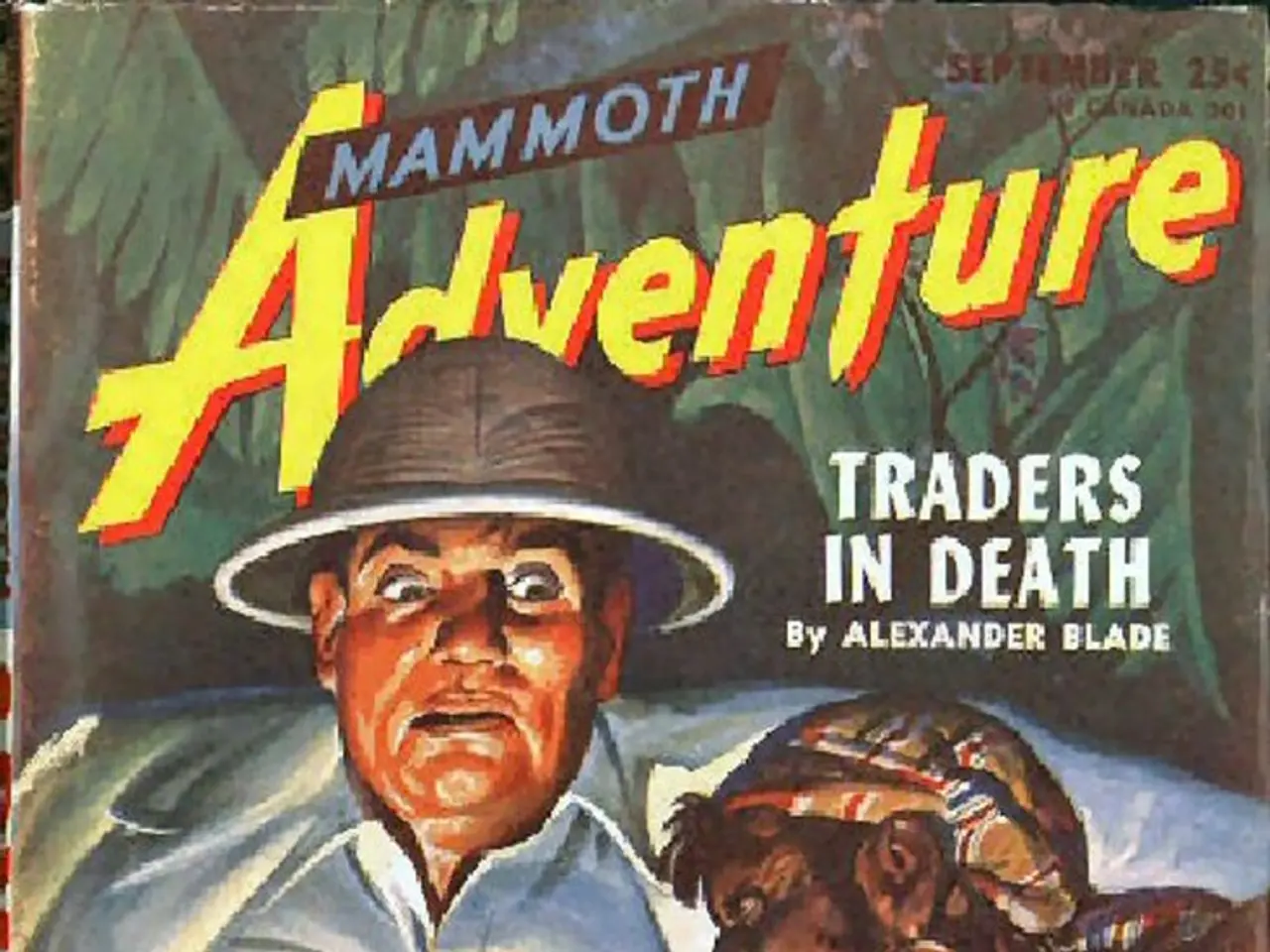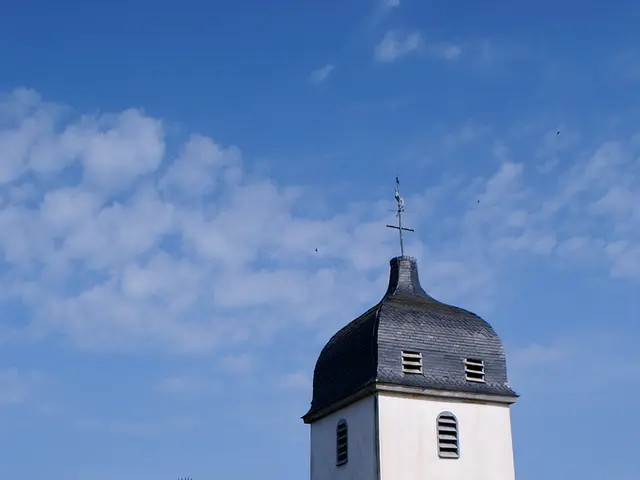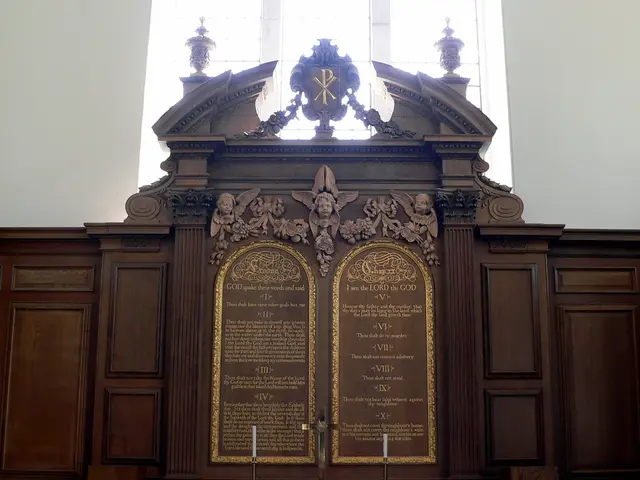Uncovering Mysteries: A Look into the Depths of Tarot, Exploring Its Timeless Allure and Our Yearning for Elevation
=====================================================================
In the realm of art history and cultural theory, the name Aby Warburg stands out as a beacon of innovation. Renowned for founding the Warburg Institute and his groundbreaking research into the survival and transformation of classical motifs in European art and culture, Warburg's work has left a lasting impact, particularly in the study of tarot cards.
Warburg's magnum opus, the unfinished Bilderatlas Mnemosyne, began in 1927. This extensive project compiled thousands of images arranged thematically, showcasing the transmission of symbolic motifs through time. Warburg's focus was on the afterlife of antiquity's imagery, rather than classical formalism. His methodological approach to iconography and memory provides a crucial framework for understanding how tarot imagery, which draws extensively on mythological, religious, and classical symbols, functions as a vessel for cultural memory and meaning transmission.
Though Warburg did not directly study tarot cards, his work on symbolic imagery and the way visual motifs circulate culturally has been instrumental in interpreting tarot's complex narratives and esoteric knowledge. His method, linking images across time and context through montage-like panels, mirrors the way tarot cards compile archetypal symbols to convey complex stories.
The significance of Warburg's Bilderatlas Mnemosyne to the history of tarot cards lies in its influential paradigm for situating tarot iconography within broader cultural memory studies and symbolic transmission, rather than as a direct historical or iconographic study of tarot itself.
The Warburg Institute, located at the University of London, is a leading repository of tarot history. The institute's latest exhibition, 'Tarot-Origins & Afterlives', features highlights from their collection and international loans, shedding light on the evolution and influence of tarot cards. The exhibition includes the Trinity Tarot deck, created by Ugo Dossi, an oracle game that helps grasp things that cannot be captured, after more than 60 years of research into tarot and semiotics.
Tarot cards first appeared in the courts of 15th-century Italy. They were co-opted as tools of divination during the occult revival in post-Revolution France. The Sola Busca, the oldest existing 78-card tarot deck, is located at the Brera Art Gallery in Milan.
The Hermetic Order of the Golden Dawn, founded in 1888, was a secret society of magicians in England that saw the potential of tarot cards. Members like W. B. Yeats found tarot a rich source of creativity for their symbolist writing methods. Arthur Edward Waite, another member, redesigned the tarot pack, heralding the Rider-Waite-Smith deck widely used today. Aleister Crowley, another notable member, helped create one of the world's most popular decks, the Thoth Tarot.
Tarot has evolved from fortune telling to introspection, facilitating contemplation, self-discovery, and healing during the New Age counter-culture's focus on psychology and alternative spiritualities. Italo Calvino took inspiration from both the Visconti and Marseille decks to generate storylines for his 1973 novel The Castle of Crossed Destinies.
In the immersive extended-reality version of the Trinity Tarot, visitors can don a virtual-reality headset to stroll through the Trinity Tarot Garden, a translucent sculpture park of giant floating symbols. This innovative approach delivers a personal oracle, offering a unique and engaging way to explore the depths of tarot's symbolic network.
Martina Mazzotta, co-curator of the exhibition, notes that Warburg was one of the first modern scholars to take a serious look at tarot's evolution. According to Paul Foster Case, tarot may date back to 12th-century Fez, Morocco. The enigmatic world of tarot cards continues to captivate scholars, artists, and seekers alike, offering a rich tapestry of symbolism and meaning that reflects the complexities of human culture and experience.
- Aby Warburg's influence extends beyond art history and cultural theory, providing a crucial framework for understanding the function and transmission of symbolic motifs in fashion-and-beauty, entertainment, and even pop-culture, including tarot cards.
- In the field of education-and-self-development, literature lovers will find inspiration from Italian author Italo Calvino, who used tarot cards as a basis for storytelling in his novel The Castle of Crossed Destinies.
- Personal-growth seekers can explore the symbolic network of tarot cards through immersive extended-reality experiences like the Trinity Tarot, a unique and engaging way to delve deeper into introspection, self-discovery, and healing.
- Career-development opportunities for scholars revolve around the enigmatic world of tarot cards, where ongoing research continues to unveil its origins, such as the suggestion that it may date back to 12th-century Fez, Morocco, according to Paul Foster Case.
- Sci-fi-and-fantasy enthusiasts can find resonance between the imagery of tarot cards and the symbolic elements often found in their genre, with deck creators like Aleister Crowley helping shape some of the world's most popular tarot decks.







